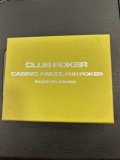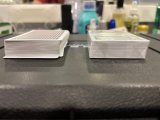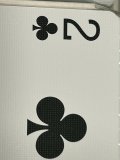Thanks for your very informative insights!No, polyvinyl chloride acetate (PVC acetate) does not exist because it is chemically impossible.
Polyvinyl chloride (PVC) is a polymer made from the monomer vinyl chloride (CH₂=CHCl).
Polyvinyl acetate (PVA) is a polymer made from the monomer vinyl acetate (CH₂=CHOCOCH₃).
These two polymers have completely different chemical structures and properties. They cannot combine into a single polymer called "polyvinyl chloride acetate." However, there are blends or composites where PVC and PVA are used together, but this is a physical mixture, not a chemical compound.
PVA (Polyvinyl Acetate) is a material we know as glue, often used for wood, paper, and other materials.
View attachment 1445229
As for PVC (Polyvinyl Chloride), it is used as a plastic and can be a component of a mixture containing cellulose acetate.
Cellulose acetate is a biopolymer derived from cellulose, often added to PVC mixtures to improve properties such as flexibility, transparency, and mechanical strength. As a result, such a mixture can contain more cellulose acetate than PVC itself.
The primary substance in the mixture determines its properties, even if the polymer matrix is PVC.
Cellulose acetate in its pure form is transparent and brittle, and it cannot be used on its own for playing cards.
Therefore, it can reasonably be stated (as far as possible without performing a chemical analysis) that these are "acetate cards."
The only PVA i know is Polyvinyl-alcohol = water soluble.
Definately nothing that should be in plastic playing cards ; )



